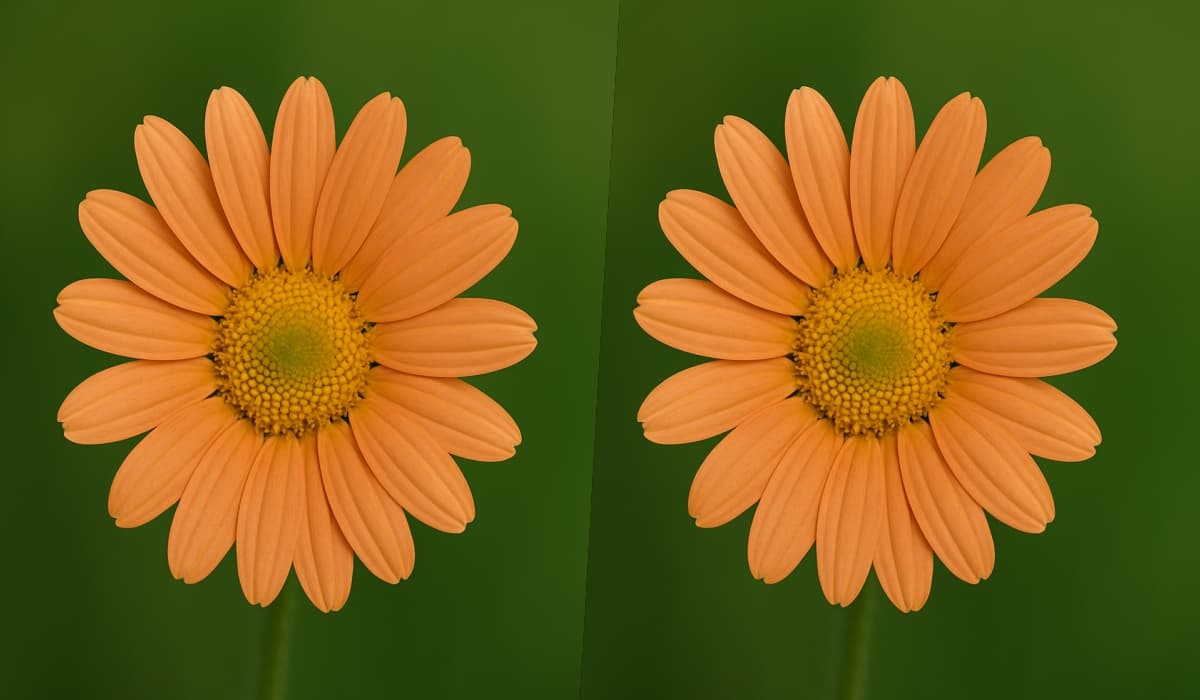Why Image Quality Drops When Resizing a JPEG (and How to Fix It)

Ever tried resizing an image only to end up with a blurry, pixelated mess? Whether you’re adjusting a photo for a website, social media, or an email campaign, keeping your images sharp and professional is essential.
But if you’ve worked with JPEG files, you’ve probably noticed how resizing can significantly impact quality. That’s where Pippit AI comes in, a powerful AI-driven tool that helps resize images while preserving their clarity.
JPEG remains one of the most commonly used image formats due to its balance of quality and file size. However, it’s also a lossy format, meaning that every time you modify it, some image data gets discarded.
This is why resizing JPEGs can result in lower-quality images. But don’t worry, there are ways to minimize quality loss and ensure your resized images look crisp and professional. Let’s explore why resizing affects JPEGs and how you can avoid common pitfalls.
Resizing an image might seem like a simple task, but when it comes to JPEGs, it’s a bit more complicated. Unlike vector graphics, which remain sharp at any size, JPEGs rely on pixel data, making them vulnerable to distortion when resized. Let’s break down the key reasons why quality drops when modifying a JPEG.
JPEG compression works by simplifying image data, removing subtle color variations, and grouping similar pixels. While this reduces file size, it also introduces compression artefacts, and visual distortions such as pixelation, blurring, and color banding. When a JPEG is resized, these artefacts become more pronounced, making the image look low-quality or “muddy.”
For example, if you shrink a high-resolution JPEG to a small size and then enlarge it again, you’ll notice a significant drop in clarity. This happens because JPEG compression has already removed key details, and stretching the image back only amplifies the missing information.
JPEG uses a lossy compression algorithm, meaning that each time a file is saved or resized, some image data is permanently lost. Unlike PNG or TIFF files, which preserve quality through lossless compression, JPEG reduces file size by discarding unnecessary details.
Imagine making a photocopy of a photocopy, the more copies you make, the worse the quality gets. This is exactly what happens when you repeatedly resize a JPEG. Each adjustment results in slight quality degradation, leading to a loss of sharpness and color accuracy over time.
Many people use the terms resizing and scaling interchangeably, but they are not the same. Resizing changes the image’s pixel dimensions (e.g., reducing a 2000×1500 image to 1000×750 pixels), which can lead to a loss of detail if not done correctly.
Scaling maintains the aspect ratio while adjusting the image’s size, preserving more of the original details. When resizing a JPEG, it’s important to maintain the correct aspect ratio and avoid excessive downscaling, which can make the image look stretched or distorted.
Every time you resize a JPEG, it undergoes another round of compression. If you resize an image multiple times, shrinking, enlarging, and then resizing again, you’ll notice a compounding effect of quality loss.
To prevent this, always work with the original high-resolution image and resize it only once to the required dimensions. If you need to make multiple adjustments, use a tool designed to minimize compression loss.
Now that we know why JPEGs lose quality when resized let’s discuss how to prevent it. By following these best practices, you can maintain sharp, high-quality images even after resizing.
The golden rule of image resizing: start with the highest resolution possible. A larger, high-quality image retains more details, making it easier to resize without noticeable degradation. If you begin with a low-resolution JPEG, any resizing will amplify quality issues.
Not all resizing tools are created equal. Basic image editors may simply stretch or shrink an image without accounting for quality loss. That’s why using an AI-powered resizer, like the resize of JPEG tool from Pippit AI, makes a difference. AI algorithms intelligently enhance images while resizing, preserving sharpness and reducing compression artefacts.
If you need to significantly change an image’s size, avoid drastic one-step resizing. Instead of shrinking an image from 3000px to 500px in one go, resize it in smaller steps to help maintain clarity. This approach prevents excessive pixelation and preserves details.
Resampling determines how pixels are adjusted when resizing an image. Standard resizing methods can blur details, but advanced resampling techniques like Bicubic and Lanczos interpolation help maintain crisp edges and smooth gradients. AI-based tools automatically apply the best resampling method, ensuring top-quality results.
Resizing images doesn’t have to be a frustrating process. Pippit AI simplifies it by using AI to enhance images while resizing, ensuring minimal loss of quality. Unlike traditional tools, which often produce blurry or pixelated results, Pippit AI’s innovative resizing features ensure sharp, professional-looking images every time.
- AI-Powered Resizing: Automatically optimizes images for the best quality.
- No Manual Adjustments Needed: Ensures perfect clarity with smart resampling.
- Multi-Platform Compatibility: Resize images for websites, social media, and digital ads effortlessly.
Resizing images with Pippit AI is a quick, three-step process:
Drag and drop your JPEG or select it from your files. The tool supports high-resolution images and automatically analyzes them for the best resizing approach.

Enter the desired dimensions, and the AI ensures the best balance between file size and quality. It automatically enhances sharpness and reduces artefacts, making the image look professional.
Once resized, download your JPEG in the optimal resolution for web, social media, or email use. Pippit AI ensures the image remains sharp and clear, even after resizing.
Resizing JPEGs without losing quality requires more than just adjusting dimensions. It demands the proper techniques and tools. Since JPEGs use lossy compression, resizing them improperly can result in pixelation, blurring, and color loss. By following best practices like using high-quality source images, AI-powered resizing tools, and proper resampling methods, you can maintain sharp and vibrant images.
HackRead










